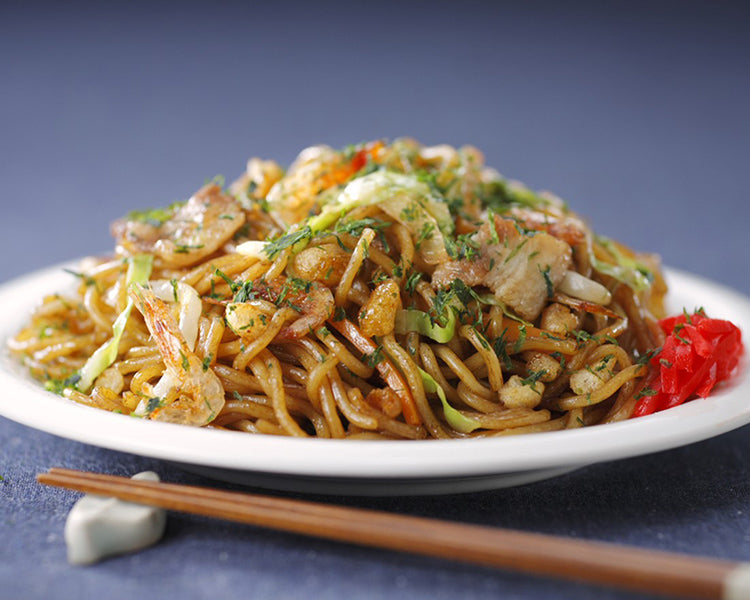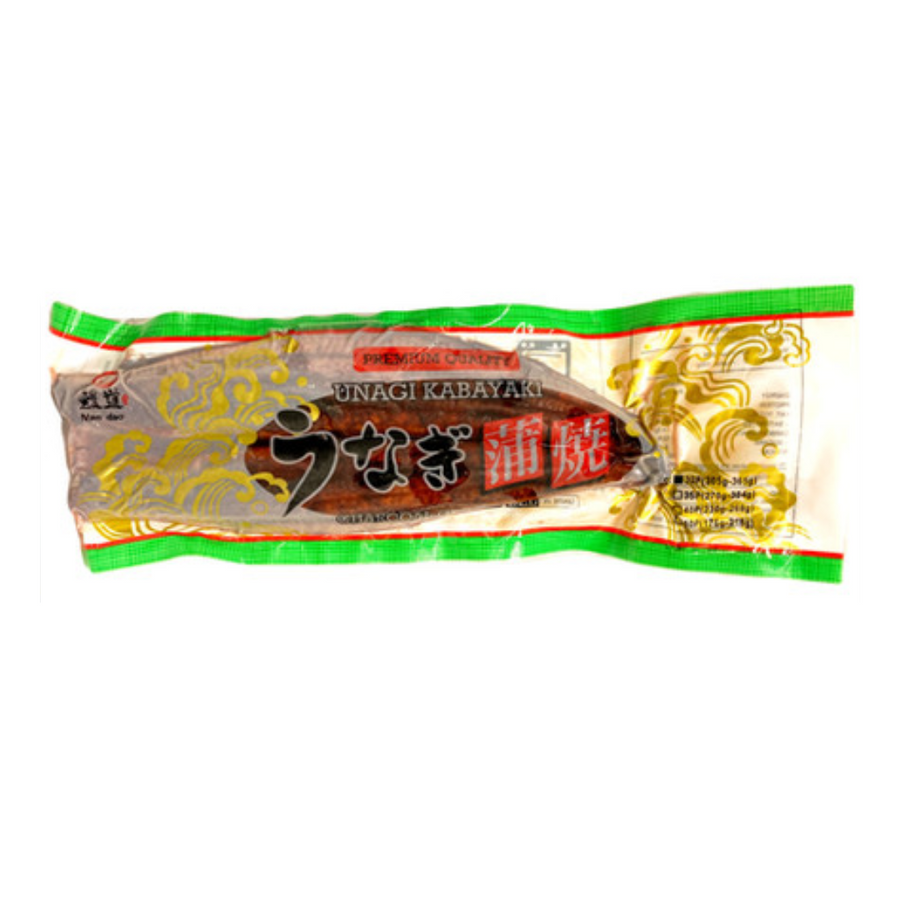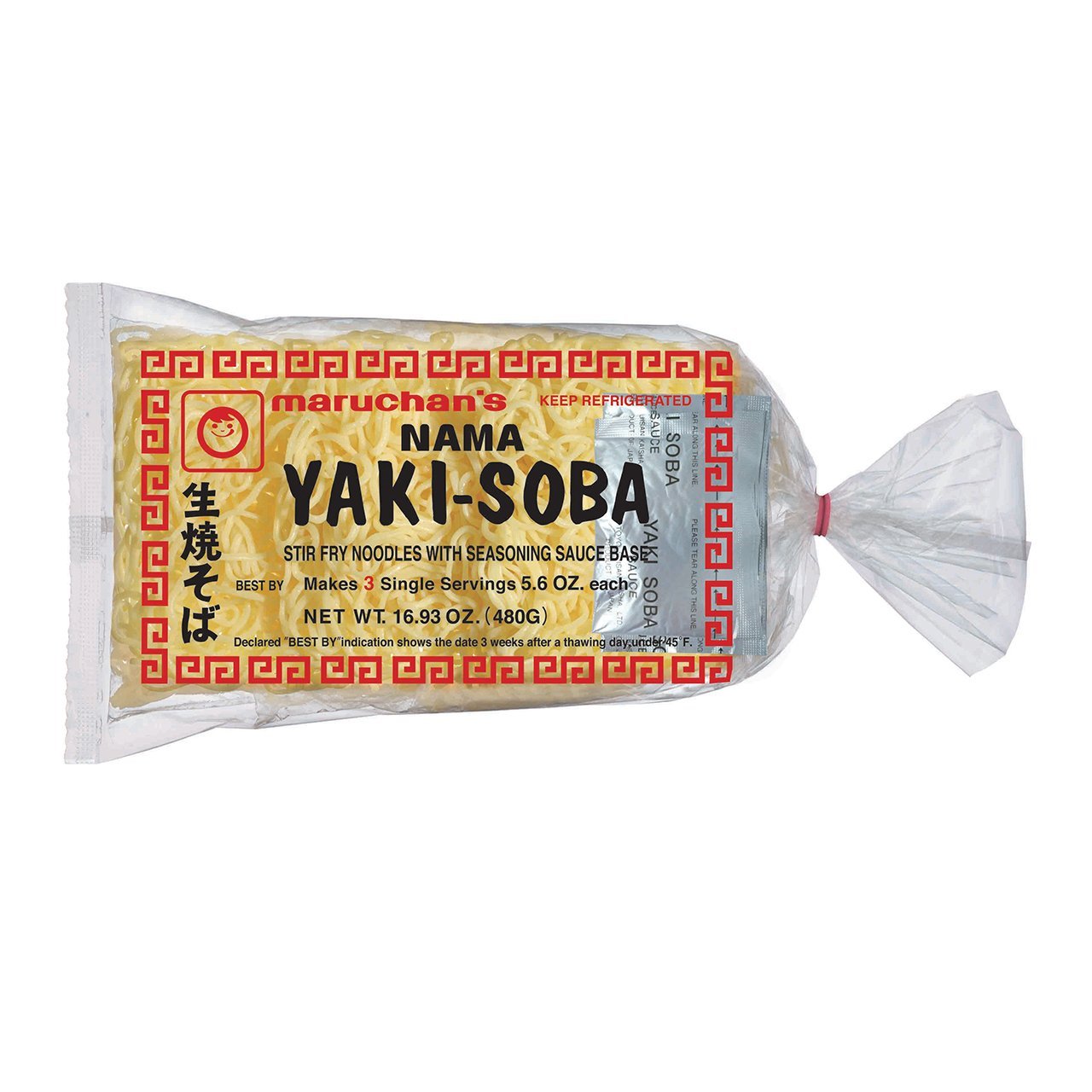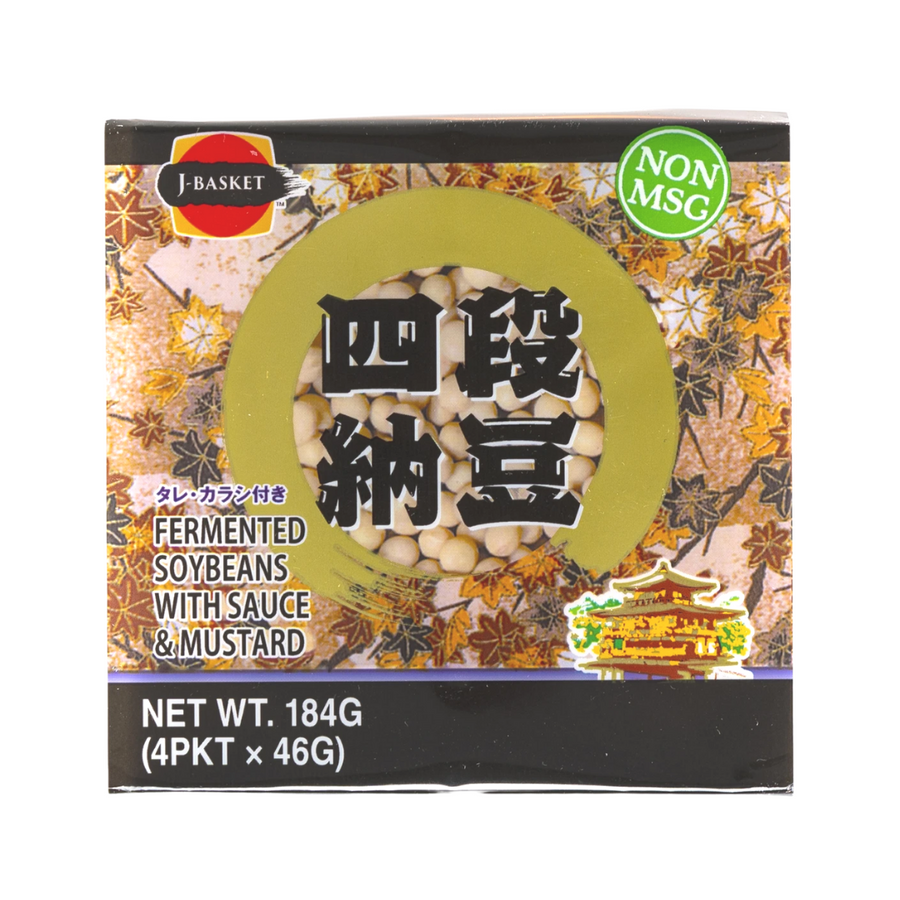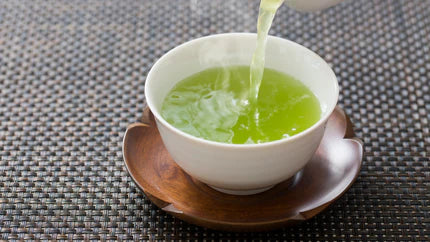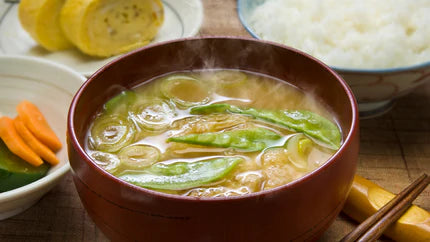Access Denied
IMPORTANT! If you’re a store owner, please make sure you have Customer accounts enabled in your Store Admin, as you have customer based locks set up with EasyLockdown app. Enable Customer Accounts
TAIMATSU Kagami Mochi 350g Rice Cake
SKU: 33220.KP

TAIMATSU Kagami Mochi 350g Rice Cake
SKU: 33220.KP
Regular price$19.90
$19.90
/
- Free shipping over $170
- Free Click & Collect
TAIMATSU Kagami Mochi Kiri Mochi (Rice Cake) S 100g
Made in / Product of : Japan
- Traditional Decoration: The Kagami Mochi is a significant household decoration for the Japanese New Year (Oshogatsu) period, typically displayed from late December until January 11th.
- Symbolism: It usually consists of two stacked round mochi cakes (one smaller on top of a larger one) and represents the past year and the coming year, the balance of yin and yang (moon and sun), or the continuation of the family across generations. The round shape resembles an ancient copper mirror (kagami), a sacred object in Shintoism, which is believed to reflect the spirit of the gods (kami).
- Offering to Deities: The decoration is placed in a household Shinto altar or alcove as an offering to the Toshigami, the New Year's gods, to welcome divine blessings and ensure good luck, health, and fortune for the coming year.
- Kagami Biraki Ritual: On January 11th, the Kagami Mochi is removed and broken into smaller pieces in a ritual called kagami biraki ("opening the mirror"). The mochi is traditionally broken with hands or a hammer (never cut with a knife, as cutting has negative connotations) and then eaten to invite divine blessings.
- Secure payments
- In stock, ready to ship
- Inventory on the way
TAIMATSU Kagami Mochi Kiri Mochi (Rice Cake) S 100g
Made in / Product of : Japan
- Traditional Decoration: The Kagami Mochi is a significant household decoration for the Japanese New Year (Oshogatsu) period, typically displayed from late December until January 11th.
- Symbolism: It usually consists of two stacked round mochi cakes (one smaller on top of a larger one) and represents the past year and the coming year, the balance of yin and yang (moon and sun), or the continuation of the family across generations. The round shape resembles an ancient copper mirror (kagami), a sacred object in Shintoism, which is believed to reflect the spirit of the gods (kami).
- Offering to Deities: The decoration is placed in a household Shinto altar or alcove as an offering to the Toshigami, the New Year's gods, to welcome divine blessings and ensure good luck, health, and fortune for the coming year.
- Kagami Biraki Ritual: On January 11th, the Kagami Mochi is removed and broken into smaller pieces in a ritual called kagami biraki ("opening the mirror"). The mochi is traditionally broken with hands or a hammer (never cut with a knife, as cutting has negative connotations) and then eaten to invite divine blessings.
You may also like
More from All Products
Recently viewed
Invalid password
Enter




